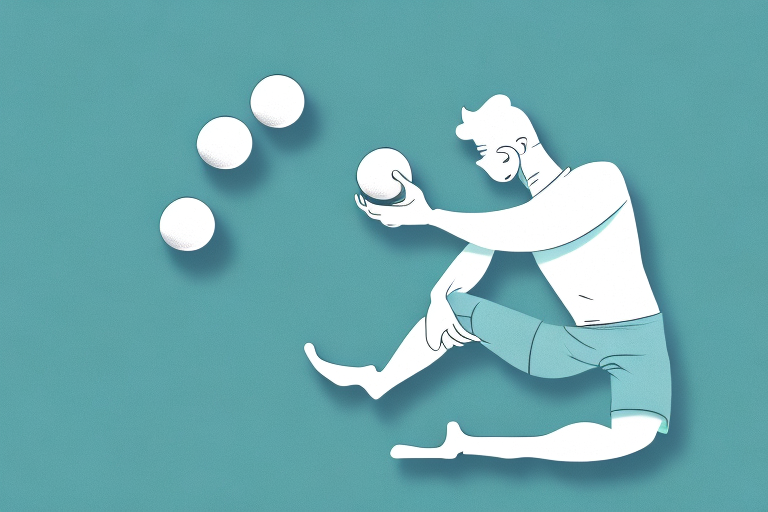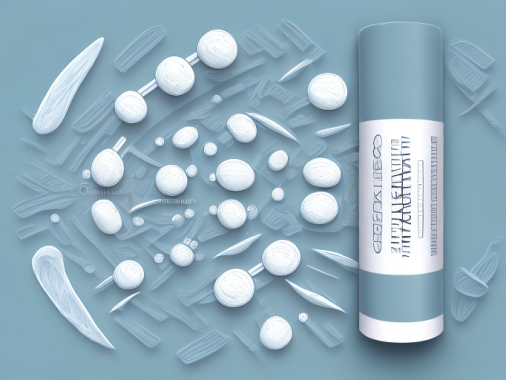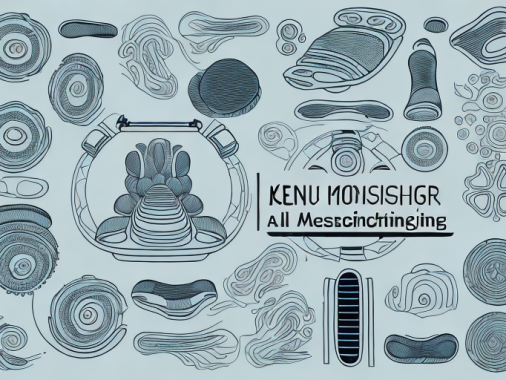Hip flexor pain can be a debilitating condition that can greatly impact your daily life. From difficulty walking to constant discomfort, finding relief is crucial for maintaining your quality of life. While there are many treatments designed to target hip flexor pain, ball rolling trigger point therapy has become a popular and effective method in recent years. In this article, we’ll explore how this therapy works and how it can help relieve your extreme hip flexor pain.
Understanding the Anatomy of the Hip Flexors and How They Can Cause Pain
Before we dive into how ball rolling trigger point therapy can help relieve your hip flexor pain, it is essential to understand exactly what hip flexors are and how they can cause pain. The hip flexors are a group of muscles located at the front of the hip joint, responsible for moving the leg towards the torso. When these muscles become tight or overused, they can cause pain and discomfort in the hip region.
Common causes of hip flexor pain include sitting for extended periods, repetitive movements such as running or cycling, and improper form while exercising. Chronic hip flexor pain can also result from underlying conditions such as arthritis or hip impingement.
In addition to the causes mentioned above, hip flexor pain can also be a result of weak glute muscles. When the glutes are weak, the hip flexors compensate by working harder, leading to tightness and pain. Strengthening the glutes through exercises such as squats and lunges can help alleviate hip flexor pain caused by weak muscles.
What is Trigger Point Therapy and How Does it Work?
Trigger point therapy is a technique for releasing tight, painful muscles by identifying and treating specific points or knots within the muscle. These points can cause referred pain in other areas of the body, often making it difficult to pinpoint the source of the discomfort. By applying pressure to these trigger points, the muscle can relax, releasing the tension and easing the pain.
The idea behind trigger point therapy is that these trigger points or knots are areas of muscle fibers that are contracted and unable to relax, causing pain and discomfort. By releasing this tension, the muscle can return to its normal state, reducing pain and improving flexibility.
Trigger point therapy can be used to treat a variety of conditions, including headaches, back pain, and fibromyalgia. It is often used in conjunction with other therapies, such as massage and stretching, to provide a comprehensive approach to pain relief and muscle relaxation. While trigger point therapy can be uncomfortable during the treatment, many people report feeling significant relief and improved mobility afterwards.
The Benefits of Using a Ball for Trigger Point Therapy
While trigger point therapy can be performed manually or with a massage therapist, using a ball can be a more efficient and cost-effective method. A ball allows you to apply pressure directly to the trigger point, effectively targeting the area of tension. Additionally, using a ball can help to increase blood flow and promote healing in the affected area.
Using a ball for trigger point therapy can also be done at home, allowing for more frequent and consistent treatment. This is especially beneficial for those with chronic hip flexor pain who require regular therapy to manage their symptoms.
Another benefit of using a ball for trigger point therapy is that it can be used on various parts of the body, such as the back, shoulders, and feet. This versatility allows for a more comprehensive approach to pain management and can help to alleviate tension in multiple areas. Additionally, using a ball for trigger point therapy can be a great way to prevent future injuries and promote overall wellness.
Preparing for Your Ball Rolling Trigger Point Therapy Session
Before beginning your ball rolling trigger point therapy session, it is essential to properly prepare the affected area. This can include gentle stretching, warming up with a hot compress, or even taking a hot bath to increase blood flow and relax the muscles. It is also essential to start slowly and gradually increase both the pressure and duration of the therapy session over time.
Step-by-Step Guide to Performing Ball Rolling Trigger Point Therapy for Hip Flexor Pain
To start, sit down on a comfortable surface such as a yoga mat or a towel. Take the ball and place it on the ground just below the hip joint. Lean forward, applying pressure to the ball with the affected hip. Roll the ball slowly up and down the entire length of the hip flexor muscle.
It is important to remember to apply pressure slowly and evenly, increasing as the muscle begins to relax. Additionally, it is important to avoid rolling directly over any bony areas or joints, as this can damage the tissue.
Perform this technique for a few minutes a day, gradually increasing both the duration and pressure over time. With consistency and patience, this technique can relieve pain and improve flexibility in the hip flexor region.
Common Mistakes to Avoid When Performing Ball Rolling Trigger Point Therapy
While ball rolling trigger point therapy can be an effective technique for relieving extreme hip flexor pain, certain mistakes can hinder its effectiveness. The most common mistake is rolling too quickly or with too much pressure, which can cause additional pain and damage to the muscle tissue.
It is also important to avoid rolling over joints, tendons, or bony areas, as this can cause further injury. Finally, it is essential to listen to your body and stop the therapy if you experience any intense or sharp pain.
Other Techniques to Complement Ball Rolling Trigger Point Therapy for Hip Flexor Pain Relief
While ball rolling trigger point therapy can be an effective technique for hip flexor pain relief, it is important to note that it may not work for everyone. Other complementary techniques include stretching and strengthening exercises and foam rolling. Consulting with a physical therapist can help you determine the best combination of techniques for your specific condition.
The Importance of Consistency and Follow-Up Care for Lasting Results
One of the most important factors in relieving extreme hip flexor pain is consistency. Regular, daily therapy is essential to promote healing and reduce pain. Additionally, follow-up care such as regular stretching and maintenance therapy can help prevent future discomfort and pain.
It is also important to be patient and persistent in finding a solution for hip flexor pain. While ball rolling trigger point therapy can be effective, it may take several weeks or even months to see lasting results.
When to Seek Professional Help for Extreme Hip Flexor Pain
While ball rolling trigger point therapy can be an effective at-home technique for hip flexor pain relief, it is important to seek medical attention if the pain is severe or persists for an extended period. A physical therapist or healthcare provider can help identify the underlying cause of the pain and provide a more targeted treatment plan.
Conclusion
Extreme hip flexor pain can be a debilitating condition, but ball rolling trigger point therapy can be an effective technique for managing symptoms. By understanding the anatomy of the hip flexors, preparing for therapy sessions, and applying the proper techniques, this therapy can provide lasting results for those suffering from chronic hip flexor pain. Remember to be patient, consistent, and seek professional medical attention if your symptoms persist.





